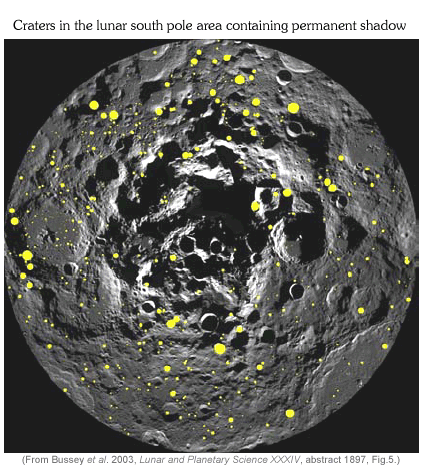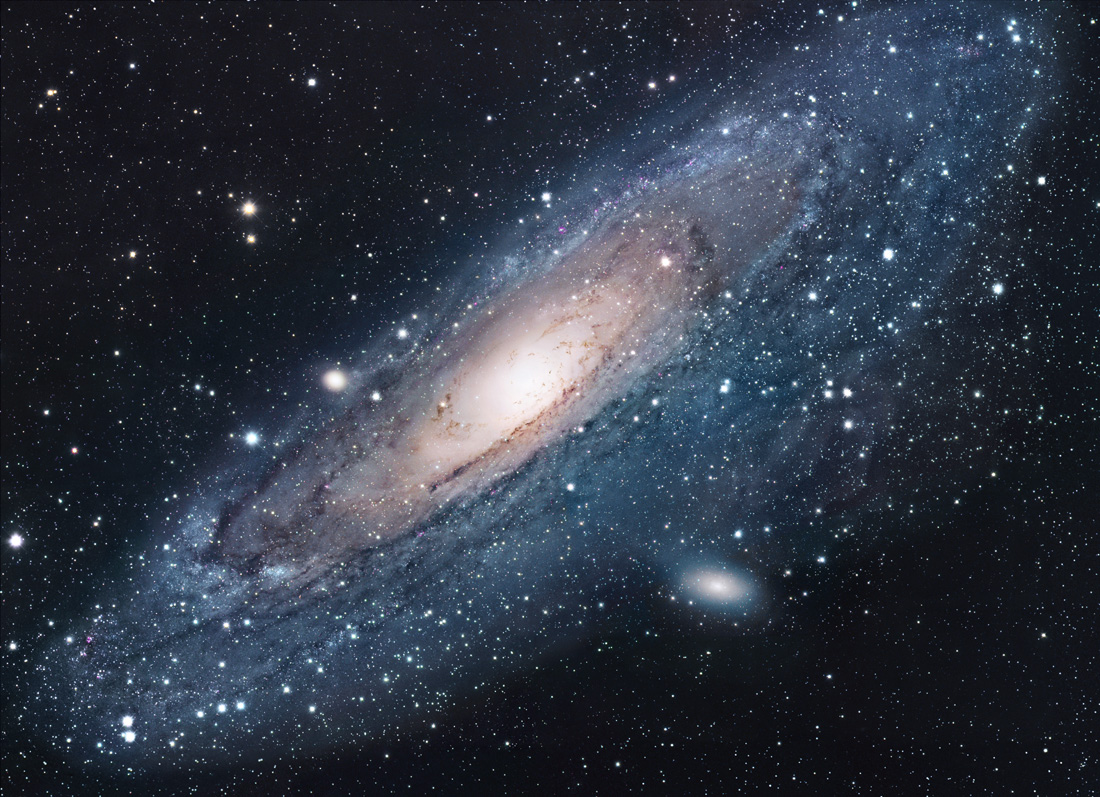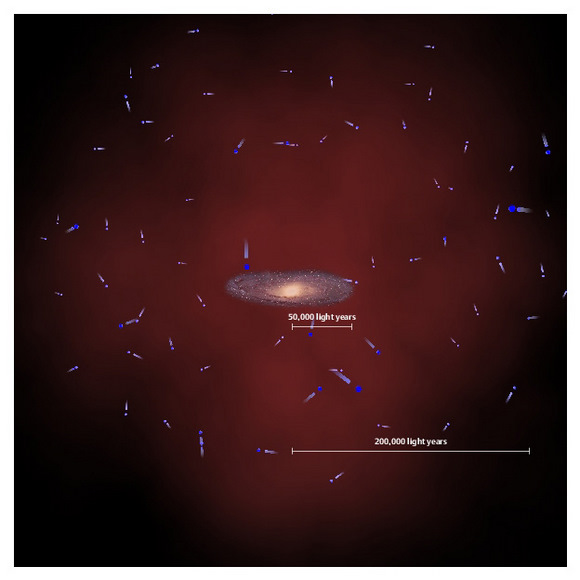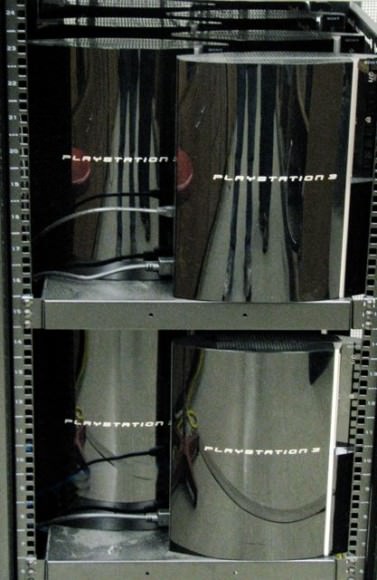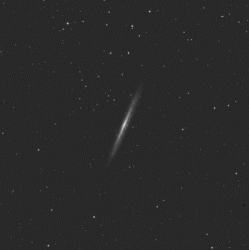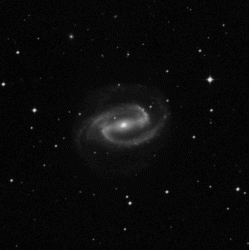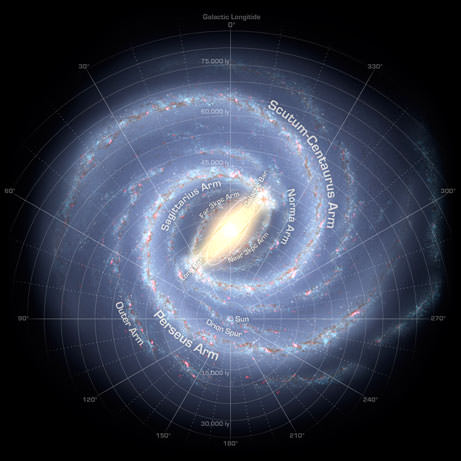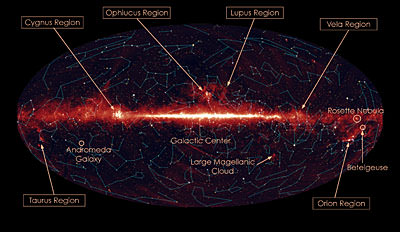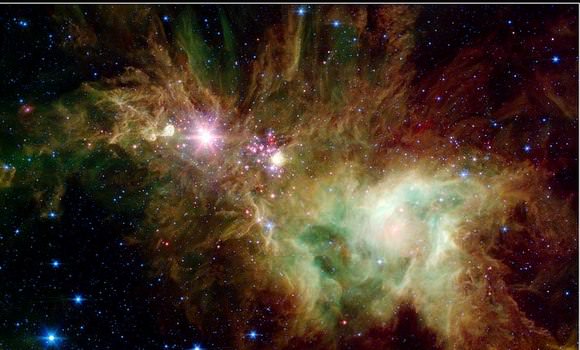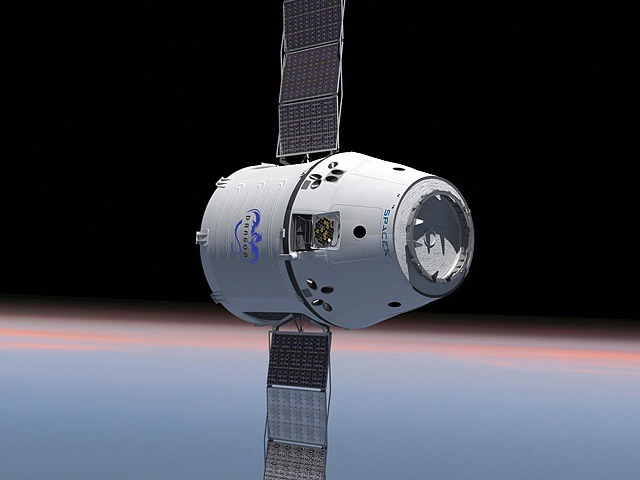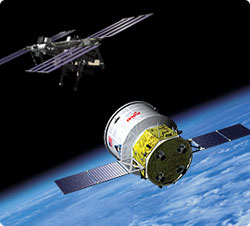[/caption]
Ice on the moon or no ice? That is the question. It’s long been thought that water ice could be hiding in deep, dark craters near the Moon’s poles. However in October, 2008 Japan’s Kaguya spacecraft took the best look yet inside the Shackelton Crater at the lunar south pole and didn’t see anything resembling ice, dashing hopes for an abundant water source for future colonists on the moon. But now a team of researchers have re-analyzed data from NASA’s 1998 Lunar Prospector mission – the spacecraft that deliberately took a kamikaze nose-dive into the moon hoping to create a visible ice plume, which it didn’t. But researchers from Glasgow and Durham Universities in the UK say that a new look at old data shows polar craters that are shaded from the sun could have ice in concentrations of up to 10 grams for each kilogram of rock.
The Lunar Prospector’s Neutron Spectrometer (NS) instrument had detected large quantities of hydrogen around the Moon’s north and south pole, but the spacecraft’s crash into the surface didn’t create the plume of ice that scientists had hoped for to prove that ice was actually present.
The latest research of the Lunar Prospector probe’s data is being used to pinpoint likely locations of water ice.
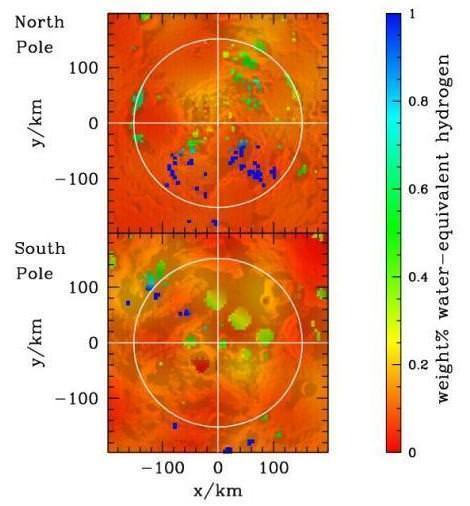
“We used a newly developed technique to show that the hydrogen on the moon is concentrated into permanently shaded craters near to the lunar poles,” said Dr. Luis Teodoro, of Glasgow University’s physics and astronomy department. “Hydrogen, together with the oxygen that is abundant within moon rock, is a key element in making water.”
If water ice is actually there, it should be stable for billions of years on the moon provided that it receives no sunlight.
“If the hydrogen is present as water ice then our results imply that the top meter of the moon holds about 200 billion litres of water,” Teodoro added.
However the researchers also say that instead of being water ice, hydrogen may be present in the form of protons fired from the sun into the dusty lunar surface.
The research is of interest for NASA’s upcoming LCROSS (Lunar Crater Observation and Sensing Satellite), part of the Lunar Reconnaissance Orbiter to be launched in 2009, and another impactor mission. Dr. Richard Elphic, in the Planetary Systems Branch, NASA Ames Research Center, said “LCROSS aims to liberate water by impacting into permanently shadowed polar terrain where ice may exist, and our improved maps of hydrogen abundance can help LCROSS select a promising impact site.
“These maps will also help focus LRO’s search for possible polar ice by identifying hydrogen-rich locales.”
If the LCROSS mission doesn’t definitively answer the ice question, it’s very likely we won’t know if water ice is on the moon until we go there ourselves and dig.
The findings from the UK team are published in the scientific journal Icarus.
Source: BBC, Science Daily

